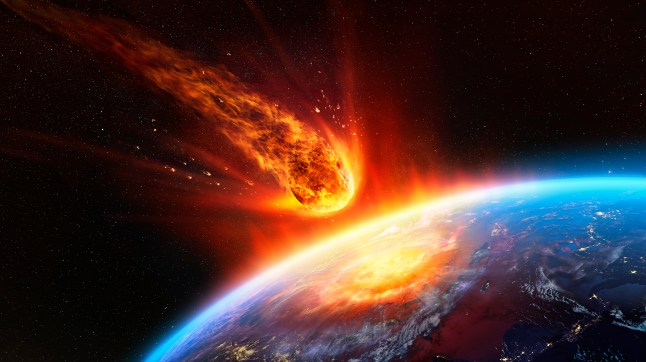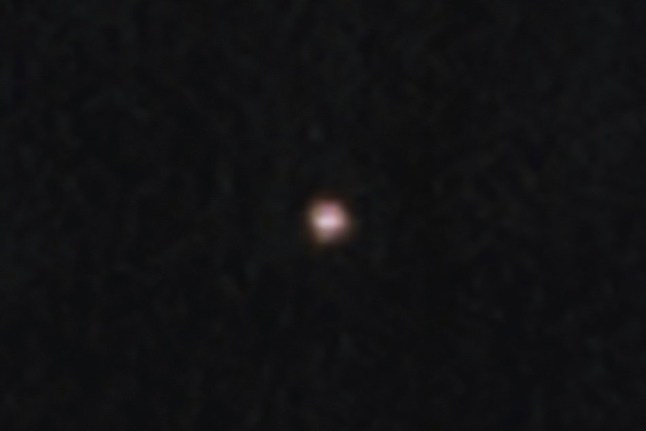
Space experts at NASA managed to briefly spot a huge “city-killer” asteroid before it disappears until 2028.
The 2024 YR4 asteroid has been watched closely by astronomers after it was given a 3.1% chance of hitting the Earth in December 2023. This has since been ruled out, but experts are still trying to learn everything they can about the asteroid.
The huge rock is around 130-300 feet across, according to NASA estimates. This range in size would have a varying impact on the Earth if it were to hit, but a large asteroid of around 300 feet could cause ‘severe damage’ and potentially collapse ‘residential structures across a city and [shatter] windows across larger regions’.
A smaller 2024 YR4 would more likely ‘shatter windows or cause minor structural damage across a city’ if it were to impact the Earth.

Some estimates put the impact of 2024 YR4 as being akin to 15,000,000 tons of TNT.
If it were to hit Earth, the energy released would be 100 times more powerful than the ‘little boy’ atomic bomb dropped on Hiroshima in 1945.
A more chilling prediction by Dr David Rankin, operations engineer for the University of Arizona’s Catalina Sky Survey, warned on Bluesky there is roughly 0.3% chance of 2024 YR4 striking the moon.
This collision could take place at a speed of 31,000 miles per hour, unleashing 343 times the size of the nuke dropped on Hiroshima.
As devastating as this sounds, scientists have actually said a lunar explosion of this kind could generate a beautiful meteor shower on Earth.
Gareth Collins, a professor of planetary science at Imperial College London, told New Scientist: ‘The impact flash of vaporised rock would be visible from Earth, even in the daytime.’
Larger size estimates put 2024 YR4 at around the same size as Big Ben or the Statue of Liberty.
How could we stop an asteroid colliding with Earth?
Scientists are currently wargaming the possibility of an asteroid strike -and are working out how they could stop in its tracks.
In November NASA and the European Space Agency completed their first ever mission to investigate deflecting an oncoming asteroid.
The goal was to find out whether small satellites are capable of preventing asteroids from reaching Earth.
The Double Asteroid Redirection Test (DART) saw a satellite collide into the asteroid Dimorphos.
The results of the trial are expected to be confirmed by the Hera mission in December 2026.
The theory is that even nudging an asteroid ever so slightly while its in space could drive it off a course from affecting human life.
But in new observations, NASA said the asteroid could actually be between 174 and 220 feet across.
It is no longer forecast to hit the Earth in 2032, but has a 1.7% probability of hitting the moon.
Its orbit means there is then a 1.1% chance of striking Earth just before Christmas on December 22, 2047.
The James Webb Space Telescope, the most powerful telescope ever launched into space, was used to observe the asteroid by NASA’s Centre for Near Earth Object Studies. It is expected to disappear around mid-April.
Get in touch with our news team by emailing us at webnews@metro.co.uk.
For more stories like this, check our news page.
MORE: Mystery over unidentified space object ‘released by Russian satellites’
MORE: ‘Stranded’ astronaut Suni Williams reveals what she ate when she finally got back to Earth
MORE: How to see the partial solar eclipse and sun’s ‘devil horns’ today










